

| Company : Uniworld |
| Ship : S.S. Bon Voyage |
| Journey Start : կիր 18 հոկ 2026 |
| Journey End : չրք 04 նոյ 2026 |
| Count Nights : 17 nights |
| Day | Date | Port |
|---|---|---|
| 1 | 18.10 կիր | Բորդո / France |
| 2 | 19.10 երկ | Պաուիլակ / France |
| 3 | 20.10 երք | Կադիլլակ-սյուր-Գարոնն / France |
| 4 | 21.10 չրք | Բլեյ / France |
| 5 | 22.10 հնգ | Լիբուրն (Սենթ-Էմիլիոն) / France |
| 6 | 23.10 ուր | Լիբուրն (Սենթ-Էմիլիոն) / France |
| 7 | 24.10 շբթ | Բորդո / France |
| 8 | 25.10 կիր | Բորդո / France |
| 9 | 26.10 երկ | Պեզու-դա-Ռեգուա / Portugal |
| 10 | 27.10 երք | Պոսինյու / Portugal |
| 11 | 28.10 չրք | Սալամանկա / Spain |
| 12 | 29.10 հնգ | Բարսա դ’Ալվա / Portugal |
| 13 | 30.10 ուր | Պորտու / Portugal |
| 14 | 31.10 շբթ | Պորտու / Portugal |
| 15 | 1.11 կիր | Լիսաբոն / Portugal |
| 16 | 2.11 երկ | Լիսաբոն / Portugal |
| 17 | 3.11 երք | Լիսաբոն / Portugal |
| 18 | 4.11 չրք | Լիսաբոն / Portugal |
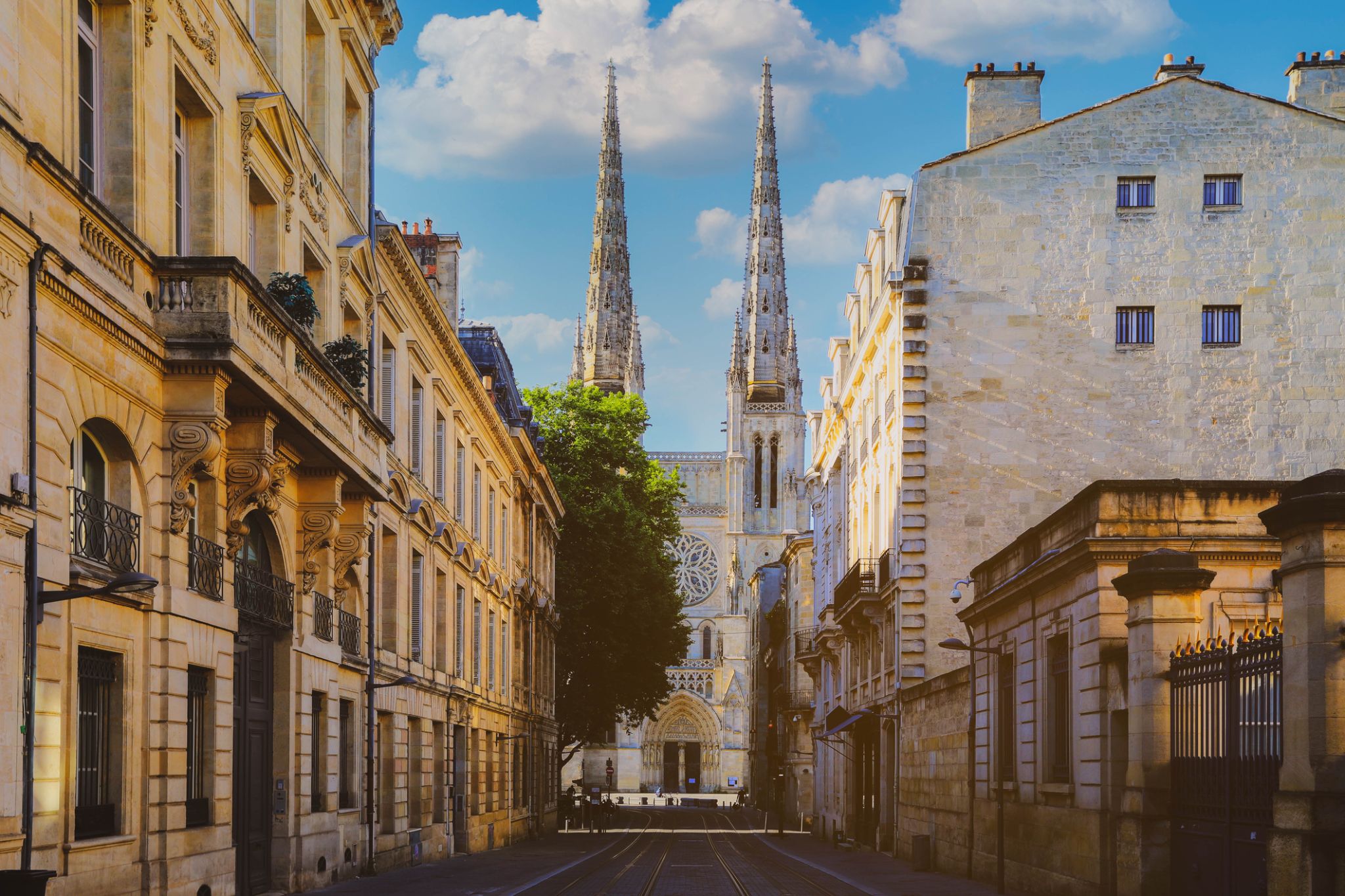
Bordeaux is a port city on the Garonne in the Gironde department in Southwestern France.
The municipality (commune) of Bordeaux proper has a population of 246,586 (2014). Together with its suburbs and satellite towns, Bordeaux is the centre of the Bordeaux Métropole. With 1,195,335 in the metropolitan area, it is the sixth-largest in France, after Paris, Marseille, Lyon, Toulouse, and Lille. It is the capital of the Nouvelle-Aquitaineregion, as well as the prefecture of the Gironde department. Its inhabitants are called "Bordelais" (for men) or "Bordelaises" (women). The term "Bordelais" may also refer to the city and its surrounding region.
Being at the center of a major wine-growing and wine-producing region, Bordeaux remains a prominent powerhouse and exercises significant influence on the world wine industry although no wine production is conducted within the city limits. It is home to the world's main wine fair, Vinexpo, and the wine economy in the metro area takes in 14.5 billion euros each year. Bordeaux wine has been produced in the region since the 8th century. The historic part of the city is on the UNESCO World Heritage List as "an outstanding urban and architectural ensemble" of the 18th century.[7] After Paris, Bordeaux has the highest number of preserved historical buildings of any city in France.
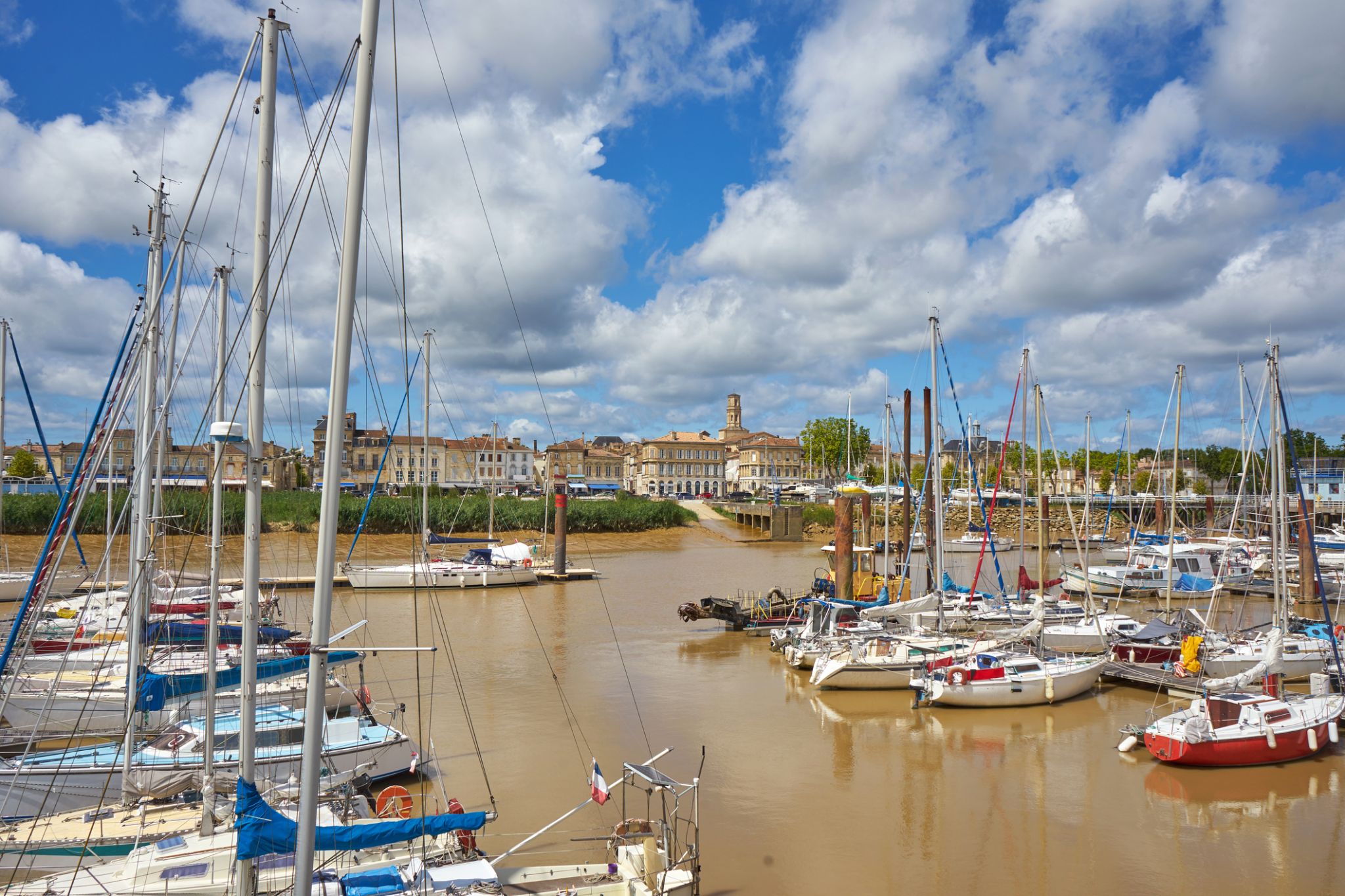
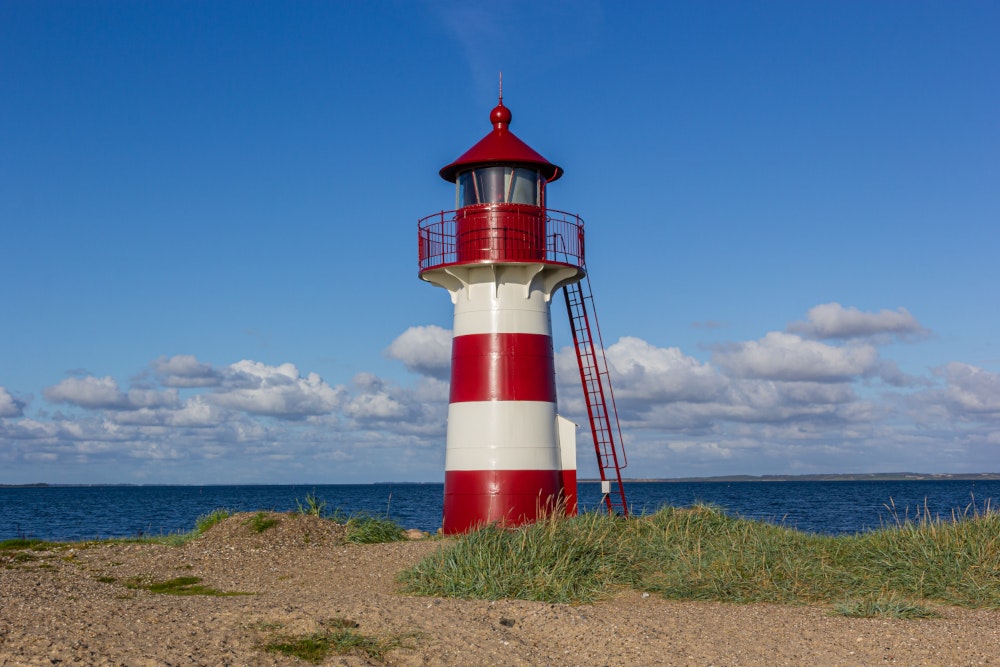
Գարոնա գետի ափին թաքնված այս փոքր ֆրանսիական քաղաքը կախարդում է իր автенտիկ провինցիական հմայքով։ Կադիլլակ-սյուր-Գարոննան հայտնի է իր խաղողի այգիներով, որտեղ պատրաստվում է համաշխարհային ճանաչում ունեցող Կադիլլակ գինին, որը դարձել է տարածաշրջանի հպարտությունը։ Հին փողոցներով և հիանալի ամրոցներով զբոսանքներն ապագա են միջնադարյան Ֆրանսիայի մթնոլորտում, իսկ գետի մոտ գտնվող հյուրընկալ սրճարանները տալիս են Գարոնայի ջրերի գեղեցիկ տեսարաններ։
Տեղական շուկաներն ու փառատոնները հաճախ հավաքում են ճանապարհորդներին, ովքեր ցանկանում են ոչ միայն հիանալ պատմական հուշարձաններով, այլև առավել լավ ծանոթանալ հարավ-արևմուտք Ֆրանսիայի ավանդույթներին։ Կադիլլակ-սյուր-Գարոննան իդեալական վայր է այն մարդկանց համար, ովքեր ցանկանում են խուսափել մեծ քաղաքների աղմուկից և ներշնչվել բնության գեղեցկությունից ու ֆրանսիական մշակույթից։
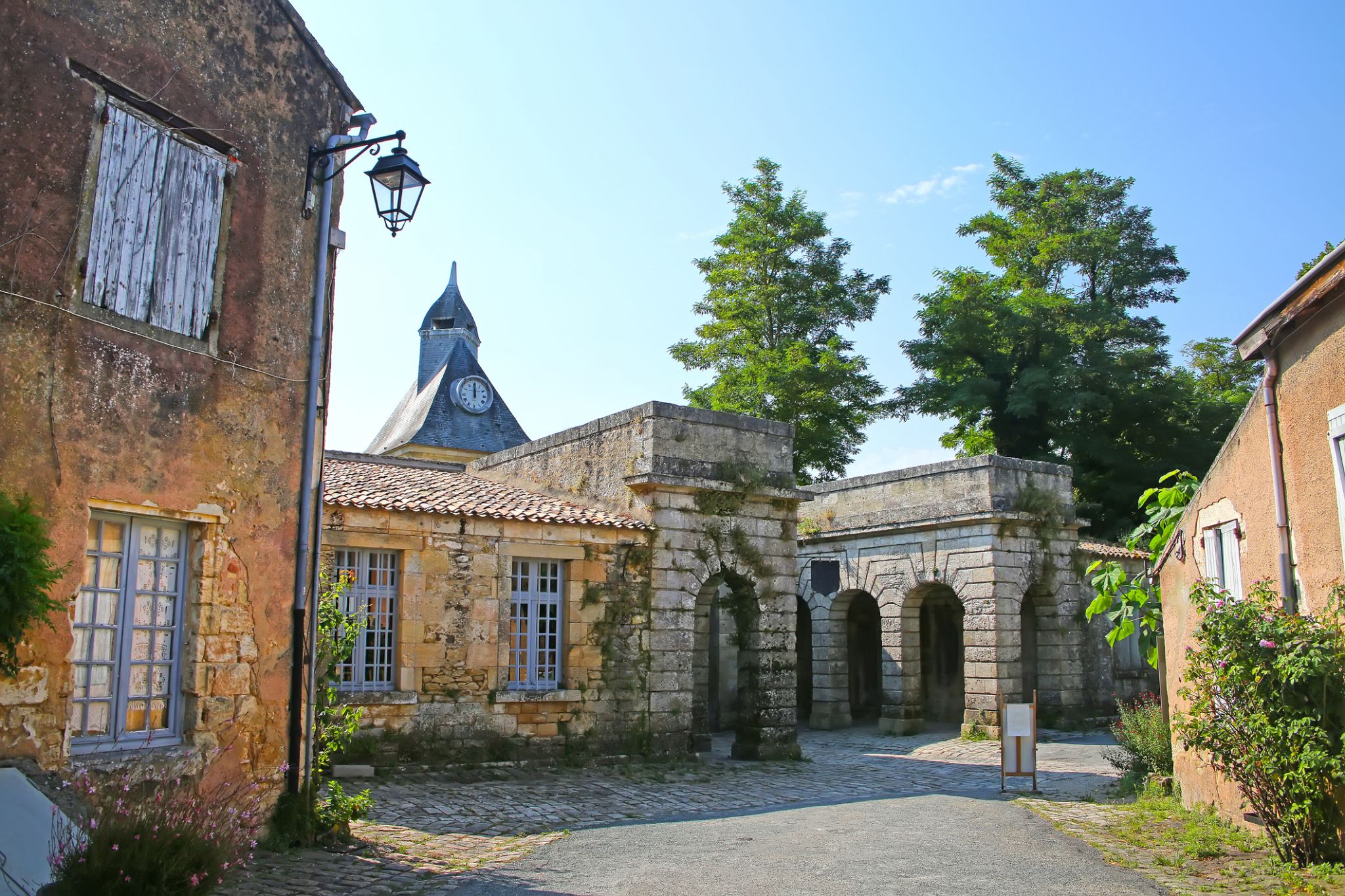
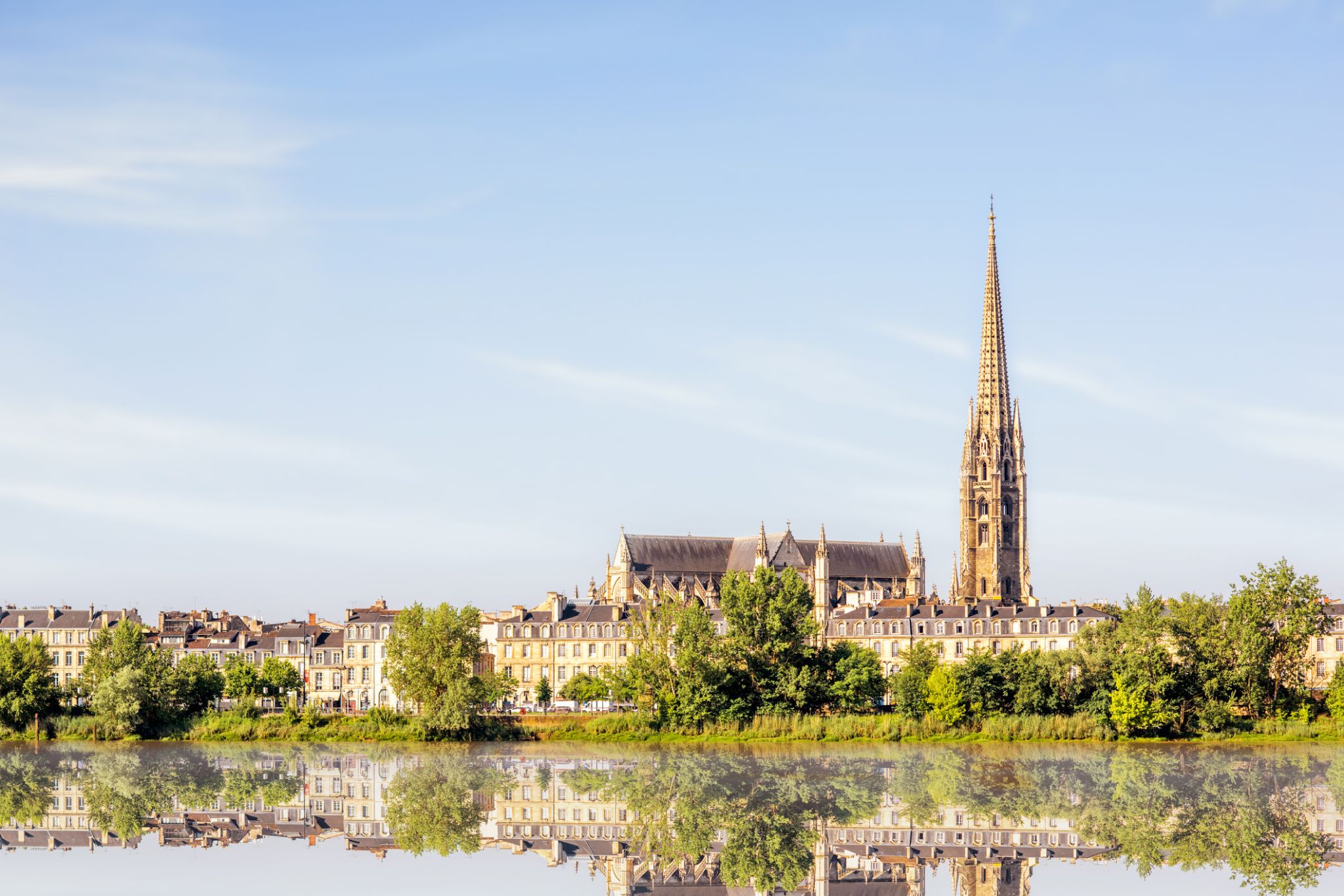


Bordeaux is a port city on the Garonne in the Gironde department in Southwestern France.
The municipality (commune) of Bordeaux proper has a population of 246,586 (2014). Together with its suburbs and satellite towns, Bordeaux is the centre of the Bordeaux Métropole. With 1,195,335 in the metropolitan area, it is the sixth-largest in France, after Paris, Marseille, Lyon, Toulouse, and Lille. It is the capital of the Nouvelle-Aquitaineregion, as well as the prefecture of the Gironde department. Its inhabitants are called "Bordelais" (for men) or "Bordelaises" (women). The term "Bordelais" may also refer to the city and its surrounding region.
Being at the center of a major wine-growing and wine-producing region, Bordeaux remains a prominent powerhouse and exercises significant influence on the world wine industry although no wine production is conducted within the city limits. It is home to the world's main wine fair, Vinexpo, and the wine economy in the metro area takes in 14.5 billion euros each year. Bordeaux wine has been produced in the region since the 8th century. The historic part of the city is on the UNESCO World Heritage List as "an outstanding urban and architectural ensemble" of the 18th century.[7] After Paris, Bordeaux has the highest number of preserved historical buildings of any city in France.

Bordeaux is a port city on the Garonne in the Gironde department in Southwestern France.
The municipality (commune) of Bordeaux proper has a population of 246,586 (2014). Together with its suburbs and satellite towns, Bordeaux is the centre of the Bordeaux Métropole. With 1,195,335 in the metropolitan area, it is the sixth-largest in France, after Paris, Marseille, Lyon, Toulouse, and Lille. It is the capital of the Nouvelle-Aquitaineregion, as well as the prefecture of the Gironde department. Its inhabitants are called "Bordelais" (for men) or "Bordelaises" (women). The term "Bordelais" may also refer to the city and its surrounding region.
Being at the center of a major wine-growing and wine-producing region, Bordeaux remains a prominent powerhouse and exercises significant influence on the world wine industry although no wine production is conducted within the city limits. It is home to the world's main wine fair, Vinexpo, and the wine economy in the metro area takes in 14.5 billion euros each year. Bordeaux wine has been produced in the region since the 8th century. The historic part of the city is on the UNESCO World Heritage List as "an outstanding urban and architectural ensemble" of the 18th century.[7] After Paris, Bordeaux has the highest number of preserved historical buildings of any city in France.

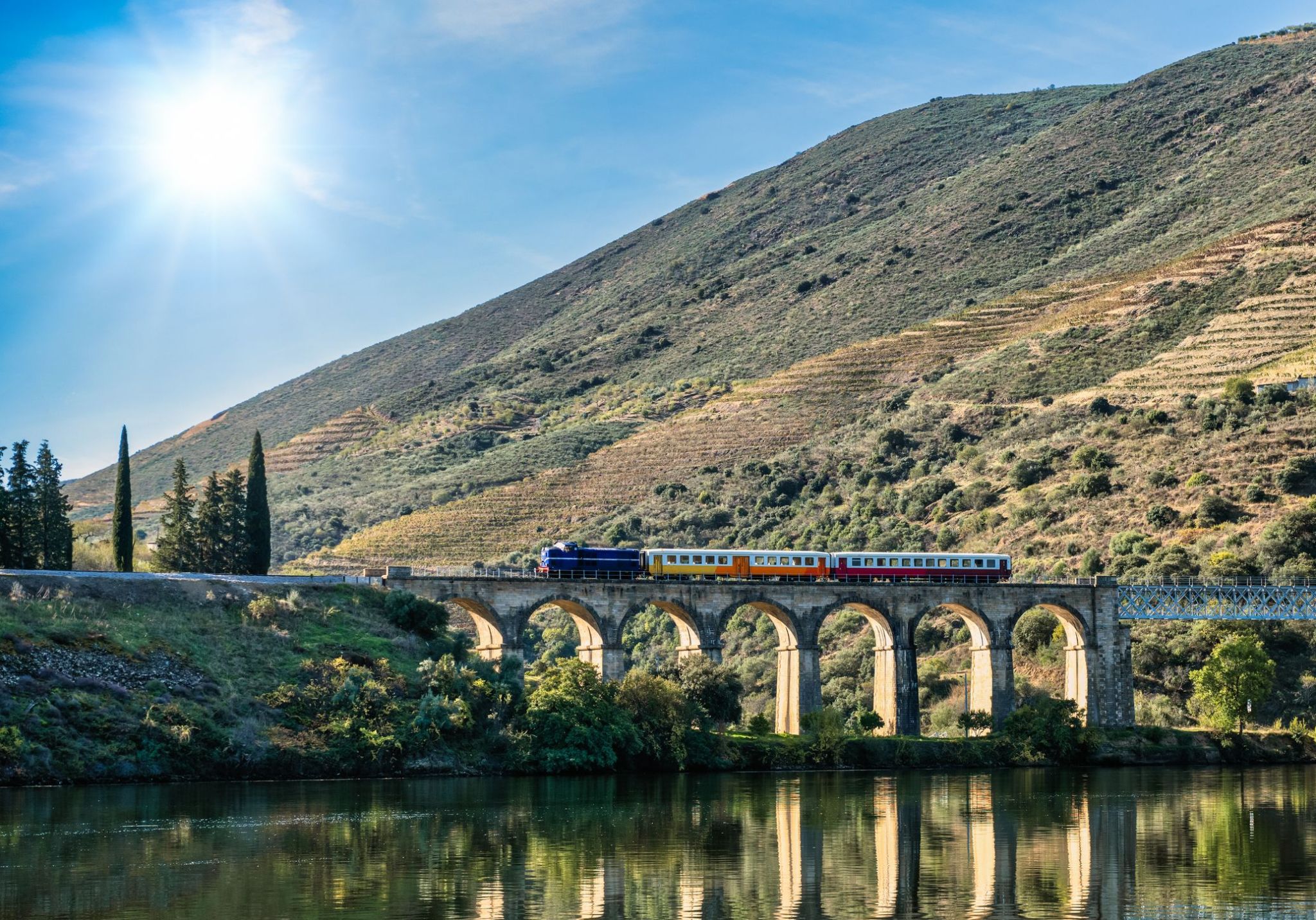
Դորու գետի հիասքանչ տեսարանների մեջ թաքնված է մի վայր, որը կարծես ստեղծված է դանդաղ ու հմայիչ բացահայտումների համար։ Պոսինյու-ն՝ փոքրիկ գյուղ Պորտուգալիայի հյուսիսում, գրավում է ճանապարհորդներին իր հանգիստ մթնոլորտով, խաղողի այգիներով և հնարավորությունով՝ զգալու հին պորտուգալական կյանքի ռիթմը։
Այն նաև պատմական Linha do Douro երկաթուղային գծի վերջին կանգառներից մեկն է, որը հրաշալի ճանապարհորդություն է առաջարկում գետի երկայնքով՝ շնչառություն զրկող տեսարաններով։ Պոսինյու-ում արժե մի պահ կանգ առնել՝ վայելելու տեղական ուտեստները, զբոսնելու գետի ափով կամ այցելելու գինու գործարաններ, որտեղ արտադրվում է հայտնի պորտվեյնը։ Սա իդեալական վայր է նրանց համար, ովքեր ցանկանում են բացահայտել իսկական Պորտուգալիան՝ հեռու զբոսաշրջիկների ամբոխներից։
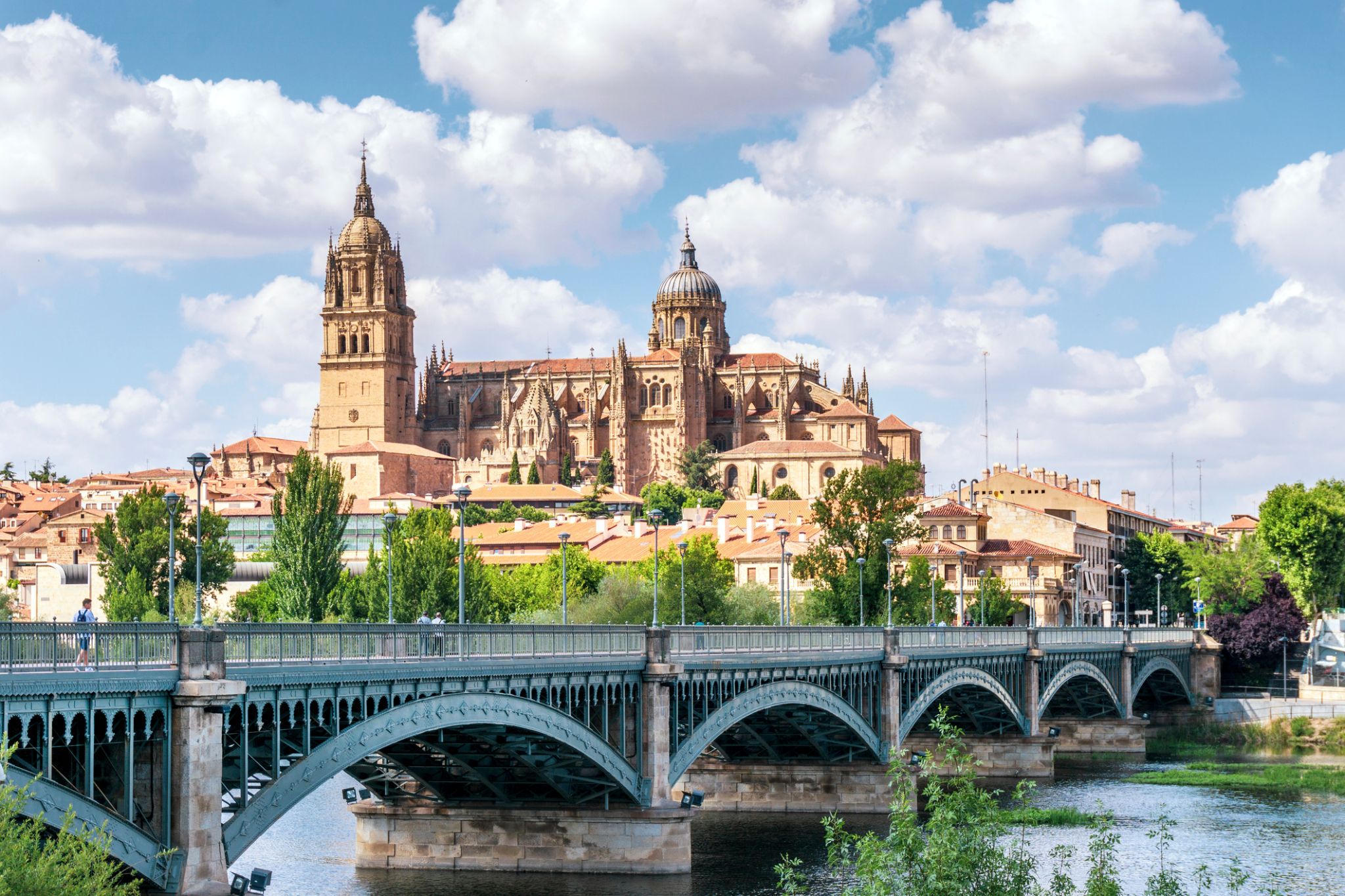
Salamanca is a city in western Spain that is the capital of the Province of Salamanca in the community of Castile and León. The city lies on several hills by the Tormes River. Its Old City was declared a UNESCO World Heritage Site in 1988. With a metropolitan population of 228,881 in 2012 according to the National Institute of Statistics (INE), Salamanca is the second most populated urban area in Castile and León, after Valladolid (414,000), and ahead of León (187,000) and Burgos (176,000).
It is one of the most important university cities in Spain and supplies 16% of Spain's market for the teaching of the Spanish language. Salamanca attracts thousands of international students.
It is situated approximately 200 kilometres (120 miles) west of the Spanish capital Madrid and 80 km (50 mi) east of the Portuguese border. The University of Salamanca, which was founded in 1218, is the oldest university in Spain and the third oldest western university, but the first to be given its status by the Pope Alexander IV who gave universal validity to its degrees. With its 30,000 students, the university is, together with tourism, a primary source of income in Salamanca. It is on the Via de la Plata path of the Camino de Santiago.
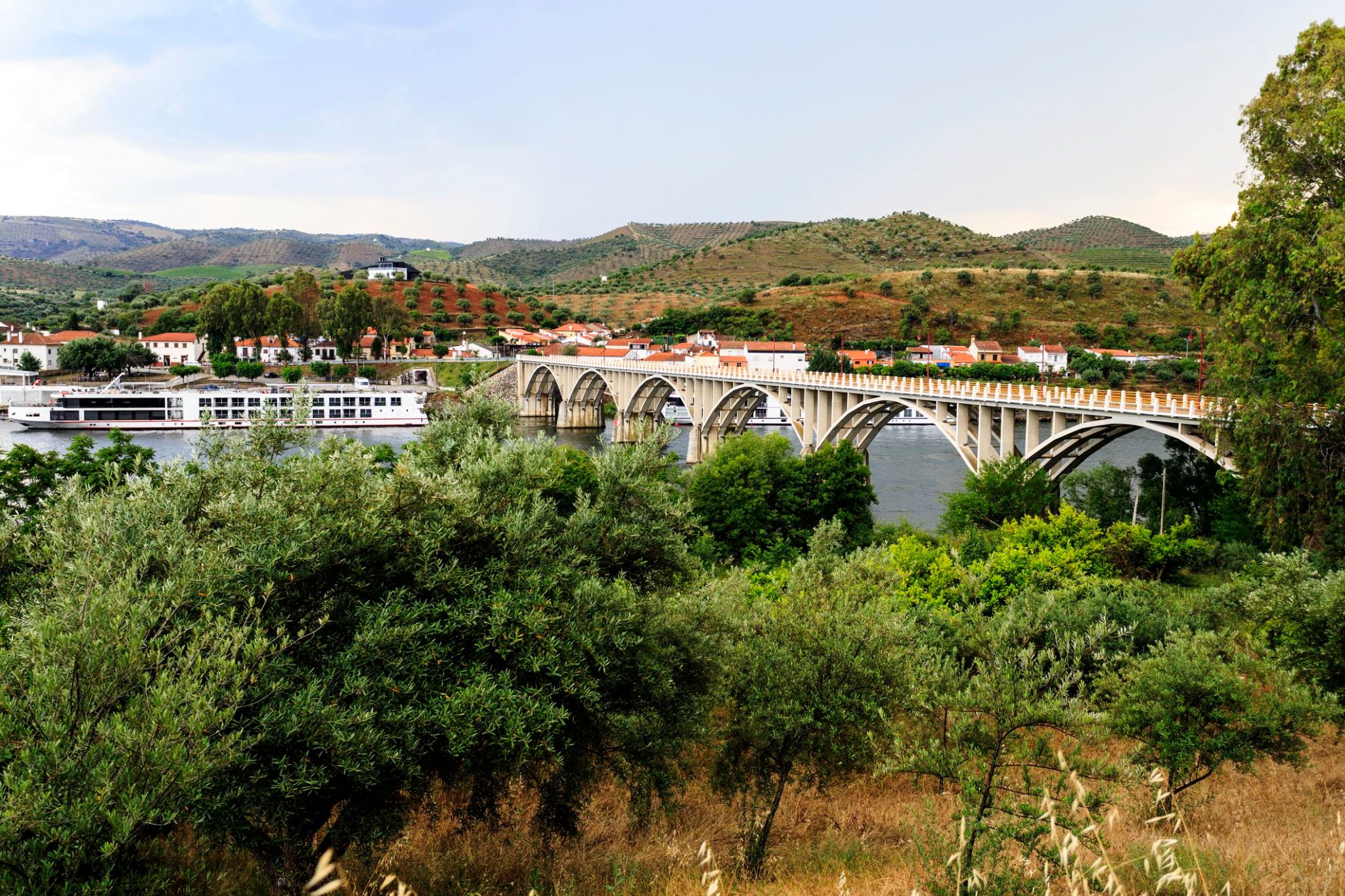
Պորտուգալիայի հյուսիս-արևելքում, Իսպանիայի սահմանին մոտ, թաքնված է Բարսա դ’Ալվա գյուղը՝ փոքրիկ, բայց հոգեպես հարուստ անկյուն: Այստեղ Դուերո գետը հանդիպում է իսպանական Սալամանկային, իսկ շրջապատող լեռնաշղթաներն ու խաղողի այգիները ստեղծում են իդեալական ֆոն անմոռանալի գետի նավարկության մեկնարկի համար։ Դեռ XIX դարում կառուցված երկաթուղային կայարանը ժամանակին կապում էր Լիսաբոնը Մադրիդի հետ և այսօր էլ հիշեցնում է գյուղի պատմական կարևորության մասին։
Այսօր Բարսա դ’Ալվան հիասքանչ վայր է նրանց համար, ովքեր փնտրում են խաղաղություն, բնություն ու լավ գինի։ Այցելուները գալիս են տեսնելու շքեղ խաղողի այգիները, վայելելու տեղական պորտվեյնը և զբոսնելու հին երկաթուղային գծի երկայնքով։ Մերձակայքում կարելի է տեսնել արծիվների և արագիլների բներ, իսկ օդը լցված է հազարամյա բույսերի բուրմունքով։ Սա իդեալական կանգառ է դեպի իսկական Պորտուգալիա՝ հանգիստ, հյուրընկալ և անկեղծ։
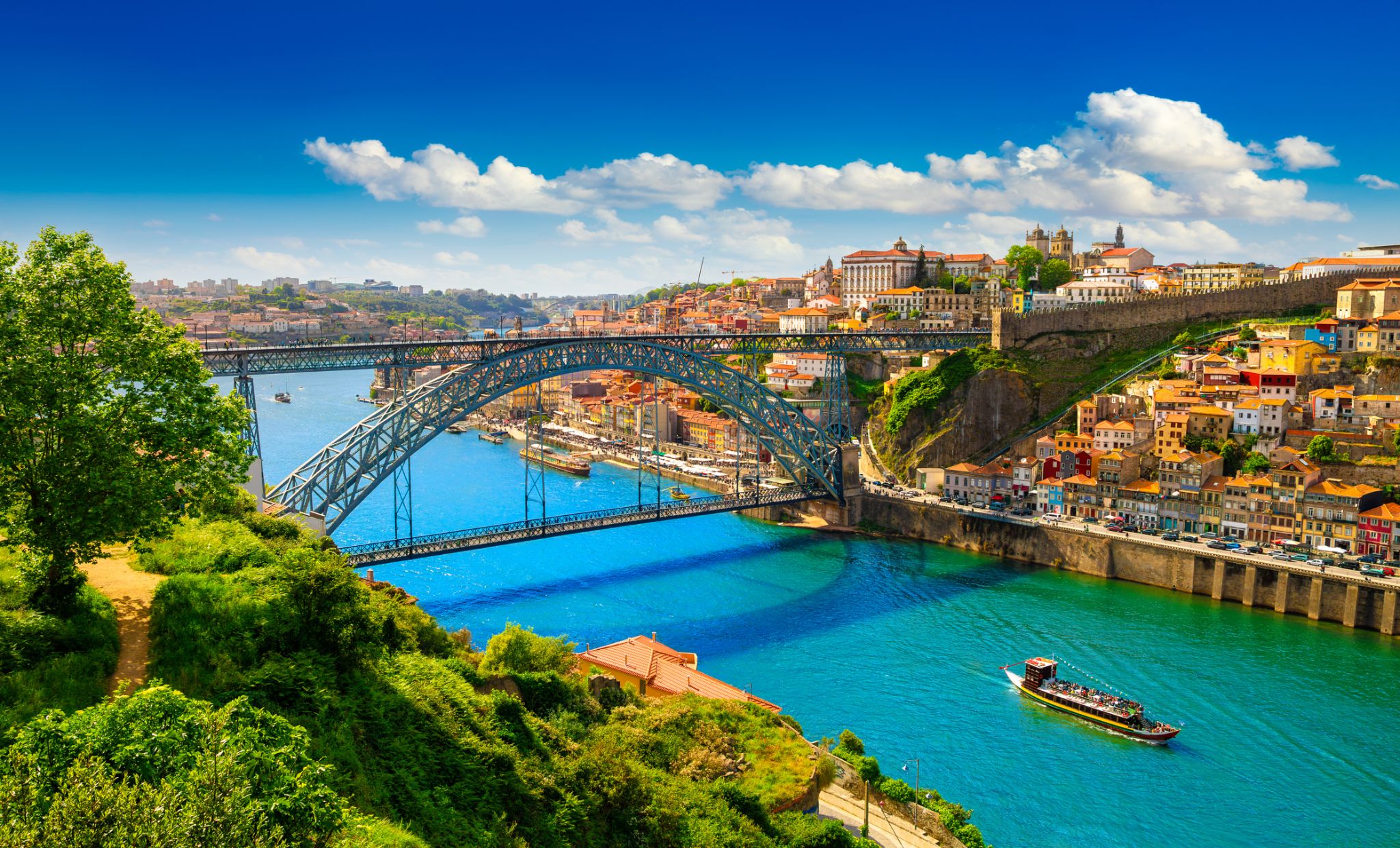
Порту является вторым по величине городом Португалии после Лиссабона и одним из крупных городских районов Пиренейского полуострова. Население самого города составляет 237 591 человек, а в столичном районе Порту, который выходит за административные пределы города, проживает 1,9 миллиона человек (2011 год) на площади 2 395 км2 (925 кв. Миль), что делает его вторым самый большой городской район в Португалии. Он признан глобальным городом гамма-уровня Исследовательской группой по глобализации и глобальным городам (GaWC), единственным португальским городом, кроме Лиссабона, который был признан глобальным городом.
Расположенный вдоль устья реки Дору на севере Португалии, Порту является одним из старейших европейских центров, и его историческое ядро было объявлено ЮНЕСКО объектом Всемирного наследия в 1996 году. Западная часть его городской территории простирается до береговой линии Атлантического океана. Его поселение датируется много веков, когда он был форпостом Римской империи. Его объединенное кельтско-латинское имя, Portus Cale, было названо происхождением названия «Португалия», основанного на транслитерации и устной эволюции от латыни. На португальском языке название города пишется с определенной статьей о Порту ; следовательно, его английское название произошло от неправильного толкования устного произношения и упоминается как Опорто в современной литературе и многими ораторами.

Порту является вторым по величине городом Португалии после Лиссабона и одним из крупных городских районов Пиренейского полуострова. Население самого города составляет 237 591 человек, а в столичном районе Порту, который выходит за административные пределы города, проживает 1,9 миллиона человек (2011 год) на площади 2 395 км2 (925 кв. Миль), что делает его вторым самый большой городской район в Португалии. Он признан глобальным городом гамма-уровня Исследовательской группой по глобализации и глобальным городам (GaWC), единственным португальским городом, кроме Лиссабона, который был признан глобальным городом.
Расположенный вдоль устья реки Дору на севере Португалии, Порту является одним из старейших европейских центров, и его историческое ядро было объявлено ЮНЕСКО объектом Всемирного наследия в 1996 году. Западная часть его городской территории простирается до береговой линии Атлантического океана. Его поселение датируется много веков, когда он был форпостом Римской империи. Его объединенное кельтско-латинское имя, Portus Cale, было названо происхождением названия «Португалия», основанного на транслитерации и устной эволюции от латыни. На португальском языке название города пишется с определенной статьей о Порту ; следовательно, его английское название произошло от неправильного толкования устного произношения и упоминается как Опорто в современной литературе и многими ораторами.
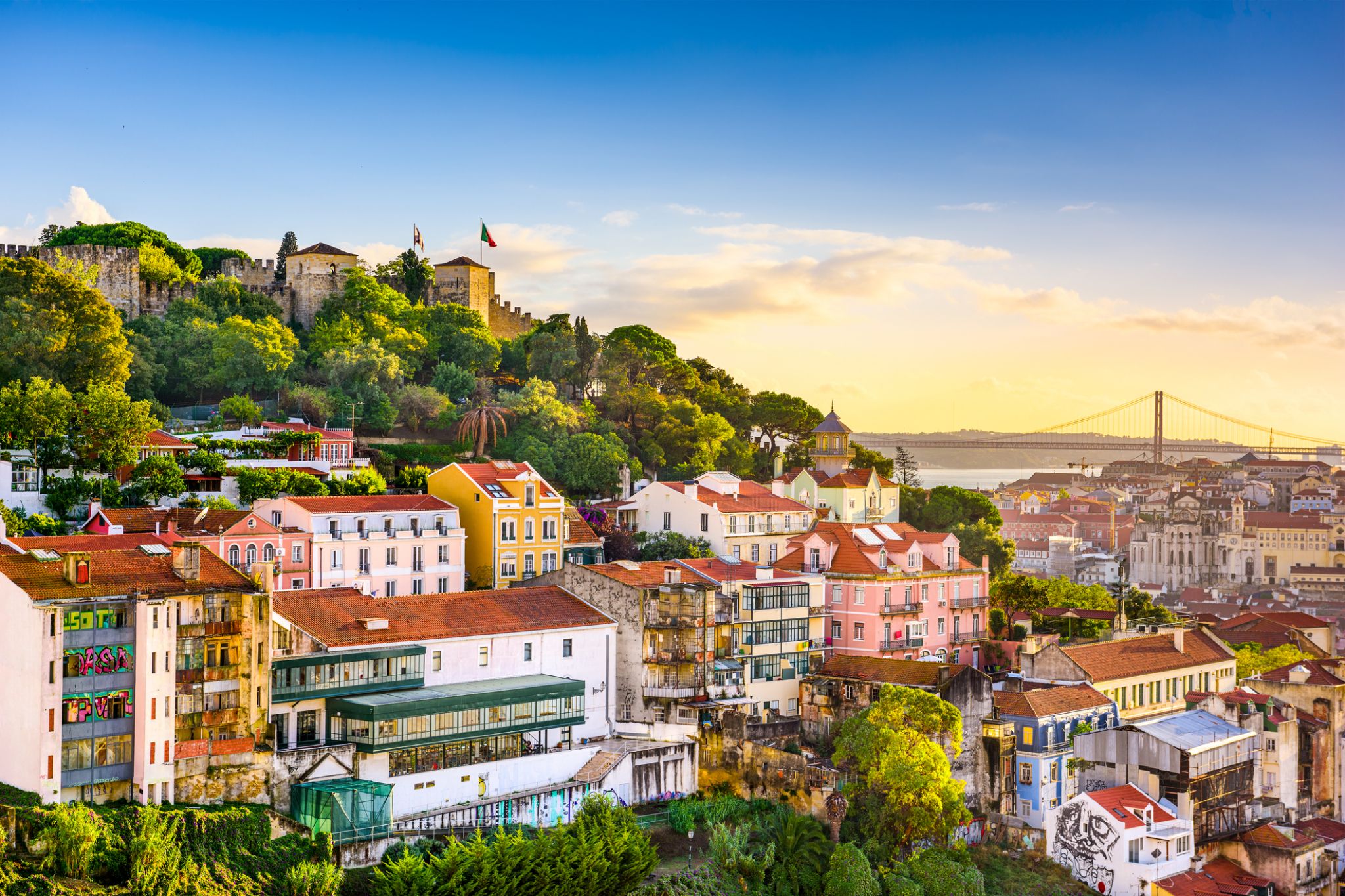
Lisbon is the capital and the largest city of Portugal, with an estimated population of 505,526 within its administrative limits in an area of 100.05 km2. Its urban area extends beyond the city's administrative limits with a population of around 2.8 million people, being the 11th-most populous urban area in the European Union. About 3 million people live in the Lisbon Metropolitan Area (which represents approximately 27% of the country's population). It is mainland Europe's westernmost capital city and the only one along the Atlantic coast. Lisbon lies in the western Iberian Peninsula on the Atlantic Ocean and the River Tagus. The westernmost areas of its metro area form the westernmost point of Continental Europe, which is known as Cabo da Roca, located in the Sintra Mountains.

Lisbon is the capital and the largest city of Portugal, with an estimated population of 505,526 within its administrative limits in an area of 100.05 km2. Its urban area extends beyond the city's administrative limits with a population of around 2.8 million people, being the 11th-most populous urban area in the European Union. About 3 million people live in the Lisbon Metropolitan Area (which represents approximately 27% of the country's population). It is mainland Europe's westernmost capital city and the only one along the Atlantic coast. Lisbon lies in the western Iberian Peninsula on the Atlantic Ocean and the River Tagus. The westernmost areas of its metro area form the westernmost point of Continental Europe, which is known as Cabo da Roca, located in the Sintra Mountains.

Lisbon is the capital and the largest city of Portugal, with an estimated population of 505,526 within its administrative limits in an area of 100.05 km2. Its urban area extends beyond the city's administrative limits with a population of around 2.8 million people, being the 11th-most populous urban area in the European Union. About 3 million people live in the Lisbon Metropolitan Area (which represents approximately 27% of the country's population). It is mainland Europe's westernmost capital city and the only one along the Atlantic coast. Lisbon lies in the western Iberian Peninsula on the Atlantic Ocean and the River Tagus. The westernmost areas of its metro area form the westernmost point of Continental Europe, which is known as Cabo da Roca, located in the Sintra Mountains.

Lisbon is the capital and the largest city of Portugal, with an estimated population of 505,526 within its administrative limits in an area of 100.05 km2. Its urban area extends beyond the city's administrative limits with a population of around 2.8 million people, being the 11th-most populous urban area in the European Union. About 3 million people live in the Lisbon Metropolitan Area (which represents approximately 27% of the country's population). It is mainland Europe's westernmost capital city and the only one along the Atlantic coast. Lisbon lies in the western Iberian Peninsula on the Atlantic Ocean and the River Tagus. The westernmost areas of its metro area form the westernmost point of Continental Europe, which is known as Cabo da Roca, located in the Sintra Mountains.